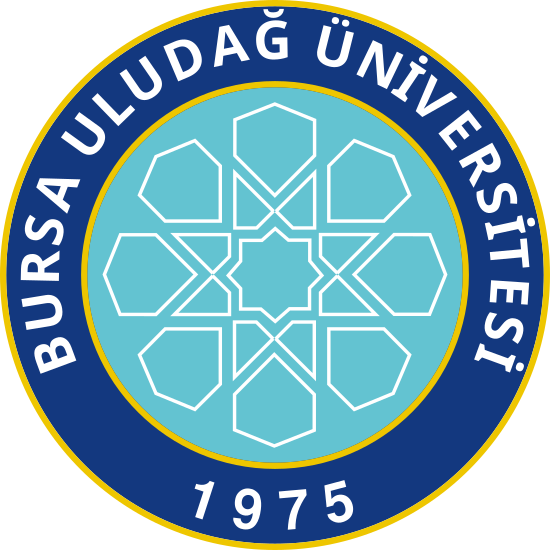Bu öğeden alıntı yapmak, öğeye bağlanmak için bu tanımlayıcıyı kullanınız:
http://hdl.handle.net/11452/30204| Başlık: | Genotyping and antimicrobial resistance genes of Yersinia ruckeri isolates from rainbow trout farms |
| Yazarlar: | Uludağ Üniversitesi/Veteriner Fakültesi/Su Hayvanları Hastalıkları Anabilim Dalı. Uludağ Üniversitesi/Veteriner Fakültesi/Farmakoloji ve Toksikoloji Anabilim Dalı. 0000-0001-7707-2705 0000-0001-9096-875X 0000-0002-2721-3204 0000-0003-2124-9406 Duman, Muhammed Altun, Soner Cengiz, Murat Büyükekiz, Ayşe Gül Şahintürk, Pınar Satıcıoğlu, İzzet Burçin T-1697-2019 AAG-8518-2021 ABE-5935-2020 55568071100 56269221600 16635026700 57194590388 55567777200 55342852700 |
| Anahtar kelimeler: | Fisheries Veterinary sciences Enteric red mouth disease Genetic relationship Oncorhynchus mykiss Resistance gene Turkey Enteric redmouth bacterium Oncorhynchus-mykiss Tetracycline resistance Molecular analysis Fish Identification Protection Diversity Disease Yersinia ruckeri Antibiotics Antimicrobial activity Bacterial disease Bacterium Disease resistance Disease treatment Gene Genetics Genotype Immunization Salmonid Walbaum |
| Yayın Tarihi: | 12-Nis-2017 |
| Yayıncı: | Inter-Research |
| Atıf: | Duman, M. vd. (2017). ''Genotyping and antimicrobial resistance genes of Yersinia ruckeri isolates from rainbow trout farms''. Diseases of Aquatic Organisms, 125(1), 31-44. |
| Özet: | In this study, we compared 142 Yersinia ruckeri isolates collected between 2013 and 2016 from 6 different regions in Turkey. A total of 18 different genogroups were found, though most of the isolates clustered into the same genogroup as serotype O1. As immunization of fish with inactivated Y. ruckeri by injection, immersion, or feeding provide minimal protection against Y. ruckeri infection in Turkey, many fish producers use antimicrobials unrestrictedly, resulting in antimicrobial resistance in aquatic pathogens. Accordingly, we investigated resistance to the antimicrobials most commonly used to treat yersiniosis. More than 80% of the Y. ruckeri isolates were susceptible to sulfamethoxazole- trimethoprim (SXT), florfenicol (FFC), and tetracycline, whereas none were susceptible to sulfamethoxazole. The most commonly used antimicrobials (SXT and FFC) can be effectively administered because the resistance levels to these drugs are the lowest among those reported for agents used to control enteric red mouth disease (12.6 and 14.7%, respectively). In conclusion, to the best of our knowledge, this study is the first characterization of the antimicrobial resistance genes floR, sulI, tetC, tetD, and tetE in Y. ruckeri isolates from aquaculture. Additionally, we detected the sulII gene but not the tetA, tetB, tetM, tetS, or sulIII genes. |
| URI: | https://doi.org/10.3354/dao03132 https://www.int-res.com/abstracts/dao/v125/n1/p31-44/ 1616-1580 http://hdl.handle.net/11452/30204 |
| ISSN: | 0177-5103 |
| Koleksiyonlarda Görünür: | Scopus Web of Science |
Bu öğenin dosyaları:
Bu öğeyle ilişkili dosya bulunmamaktadır.
DSpace'deki bütün öğeler, aksi belirtilmedikçe, tüm hakları saklı tutulmak şartıyla telif hakkı ile korunmaktadır.
